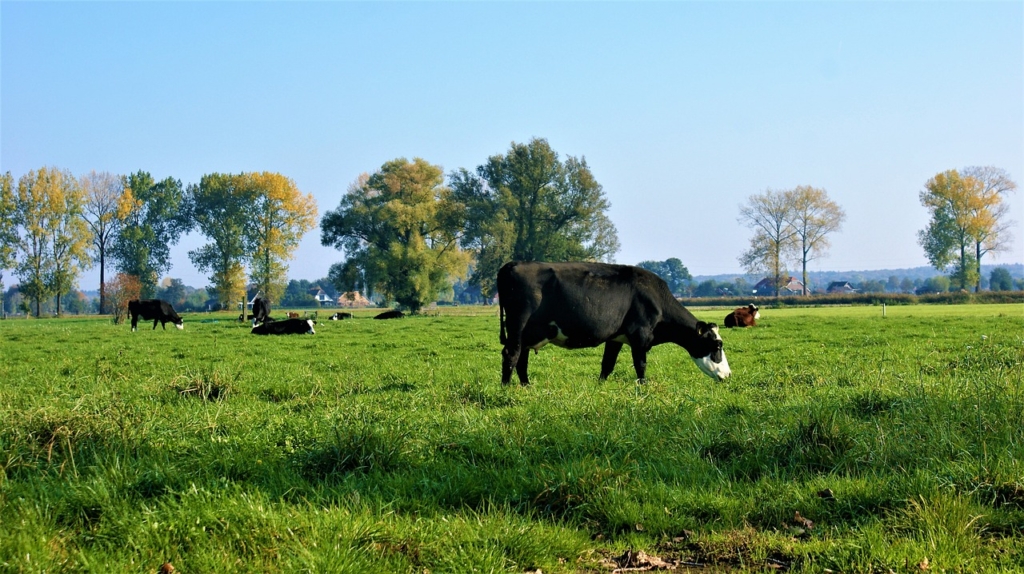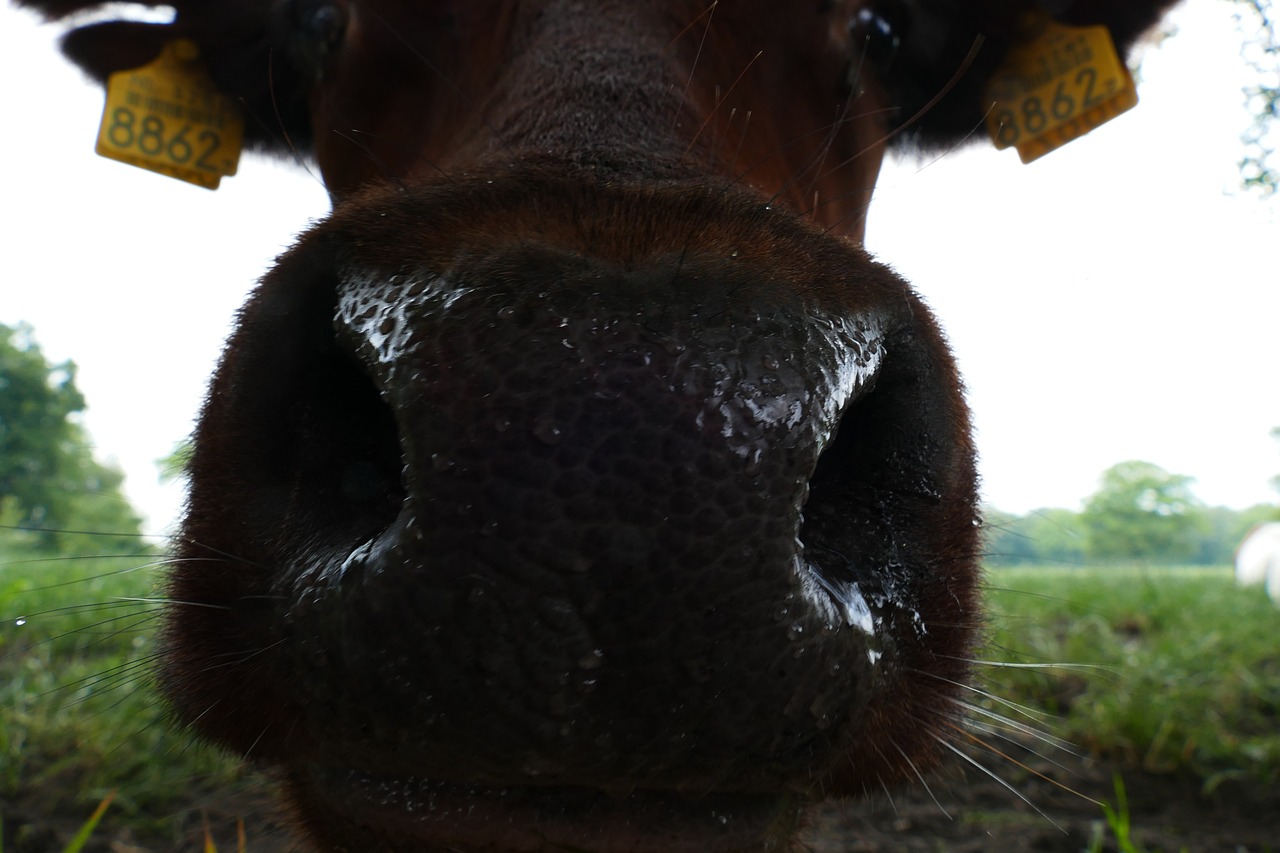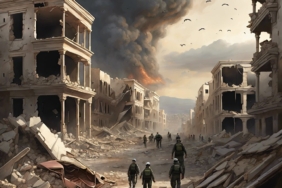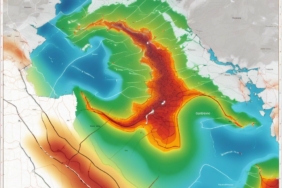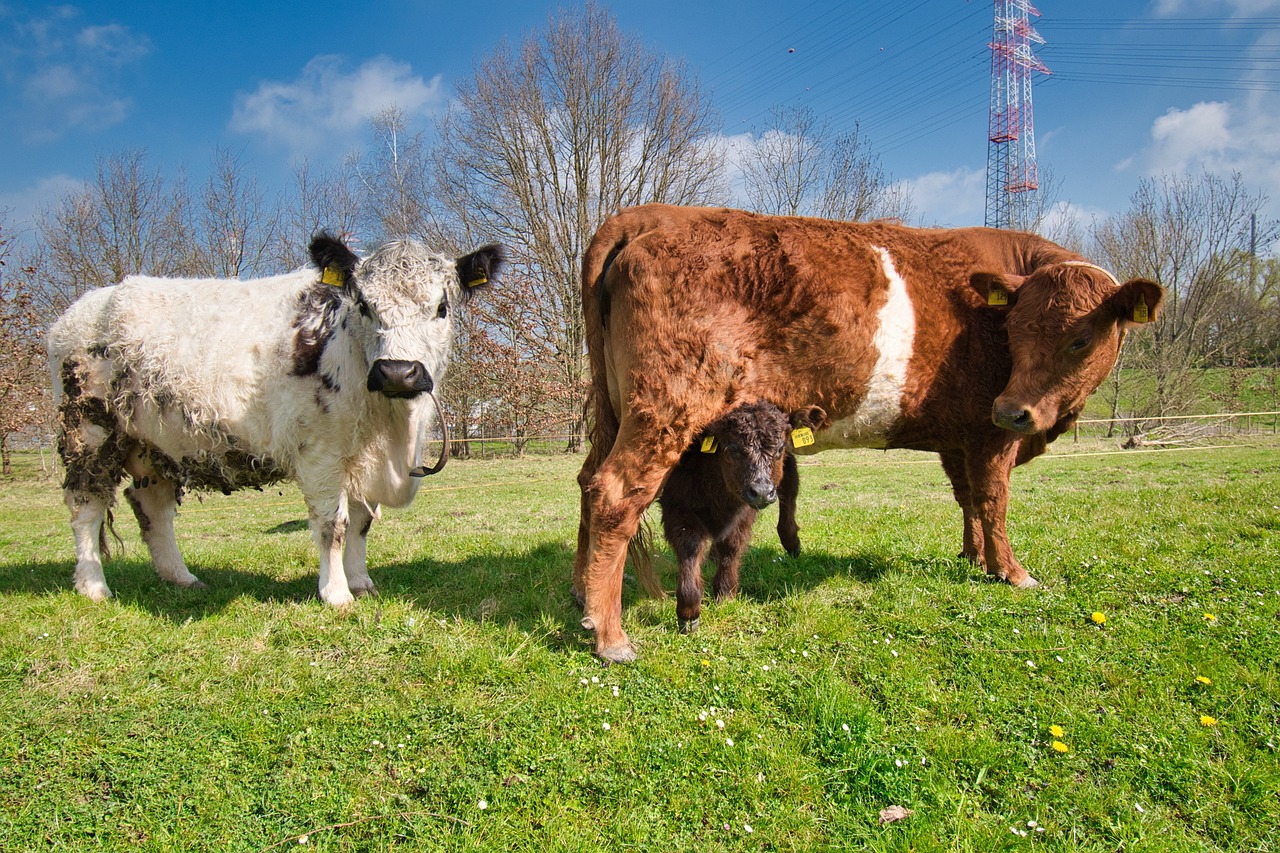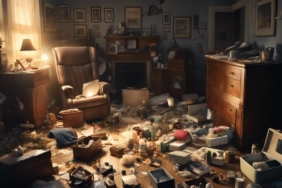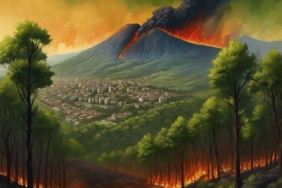The Change of Gölcük After 25 Years
In the Gölcük district of Kocaeli, which was the epicenter of the 17 August 1999 Marmara Earthquake, some areas were damaged after the earthquake were viewed from the air 25 years later. As a result of this disaster in Gölcük, 5 thousand 383 people lost their lives and 5 thousand 252 people were injured.
After the earthquake, the infrastructure and superstructure of the district were largely destroyed, and the population dropped from 80 thousand to 55 thousand 790 in a short time due to migration. However, after the infrastructure and superstructure works carried out over time, the population of the district increased to 177 thousand 441. Approximately 20 thousand new houses have been built in the district with projects carried out by the public and private sectors in the last 25 years. .
In addition to these studies, many investments were made in social, cultural and economic fields. The Kavaklı and Değirmendere beaches, Dumlupınar District and the amusement park areas of that period, which were damaged in the earthquake, were compared with their situation 25 years later with images taken by drone. The changes were revealed by bringing together old and new photographs.
“131 Derelict Buildings Demolished”
Gölcük Mayor Ali Yıldırım Sezer emphasized that significant changes took place in Gölcük in the quarter century following the earthquake. Stating that there is currently no heavily damaged building in the district that needs to be demolished, Sezer said:
- “During the five-year period, we demolished 131 buildings that were moderately damaged, were not repaired or strengthened, or were abandoned.”
- “There has been reconstruction in public buildings. Gölcük Necati Çelik State Hospital, which is expected to open this month, has been completed. “This hospital was built with earthquake resistance and earthquake isolators.”
- “Again, the construction of the government office continues. “This building is built on 600 bored piles.”
- “Almost all of our schools have been renewed. “The construction of three schools is ongoing and they will be completed in a short time.”
- “Almost all of the health centers have been renewed. “As a result, a significant transformation has occurred in Gölcük.”
“60-70 Percent of the Houses Were Built After the Earthquake”
Stating that Gölcük has been given a modern industrial site consisting of 418 workplaces with urban transformation projects, Sezer announced that the construction of Sivritepe Residences, consisting of 541 residences, has been completed with the urban transformation in Denizevler District.
Within the scope of the “Central Urban Transformation Project” initiated with the cooperation of the Ministry of Environment, Urbanization and Climate Change, Kocaeli Metropolitan Municipality and Gölcük Municipality, urban transformation works continue in an area of 36 decares in the Merkez District, which has been declared a risky area in terms of building stock. In this project, it is stated that 360 flats, 406 workplaces and a 2-storey car park with a capacity of 985 vehicles will be built in 10 blocks.
Stating that they reached an agreement with 99% of the 1150 beneficiaries in this project, Sezer stated that the citizens largely supported the project. He also emphasized the importance of not only the building stock but also the availability of assembly areas and rescue teams in terms of earthquake preparedness. He said that the municipality and search and rescue teams were operating in Kahramanmaraş-centered Hatay, which was affected by the earthquakes, and shared their experiences.
“The City is Spreading Over a Wider Area”
Pointing out that many permanent residences and workplaces were built by the state in Gölcük after the Marmara Earthquake, Sezer said:
- “With the buildings built, the city spread over a larger area. 60-70% of the residences were actually built after the earthquake. However, there are many buildings built before the earthquake, especially in the center and some towns.”
- “These buildings appear to be undamaged because they have been reinforced. However, I am of the opinion that these buildings should also be transformed, and I think that our citizens should make their own efforts regarding this transformation, rather than expecting it to be done only by the state.”
Stating that Gölcük is a naval city, Sezer stated that the world’s most modern submarines were built here and an automobile factory also produces in the district. He also emphasized that the city has a very beautiful geography with its green areas, forests and sea.
“With the new streets built in the last few years, such as the connection of Halıdere and Değirmendere from the coast, the construction of a boat dock, a library in a new public garden, and many works such as urban transformation, Gölcük increases its modern appearance day by day.” he said He also stated that the 46-decare area they took over from the Ministry of National Defense will soon become operational as an area where social and cultural activities will be held and where people can gather in the event of an earthquake.
